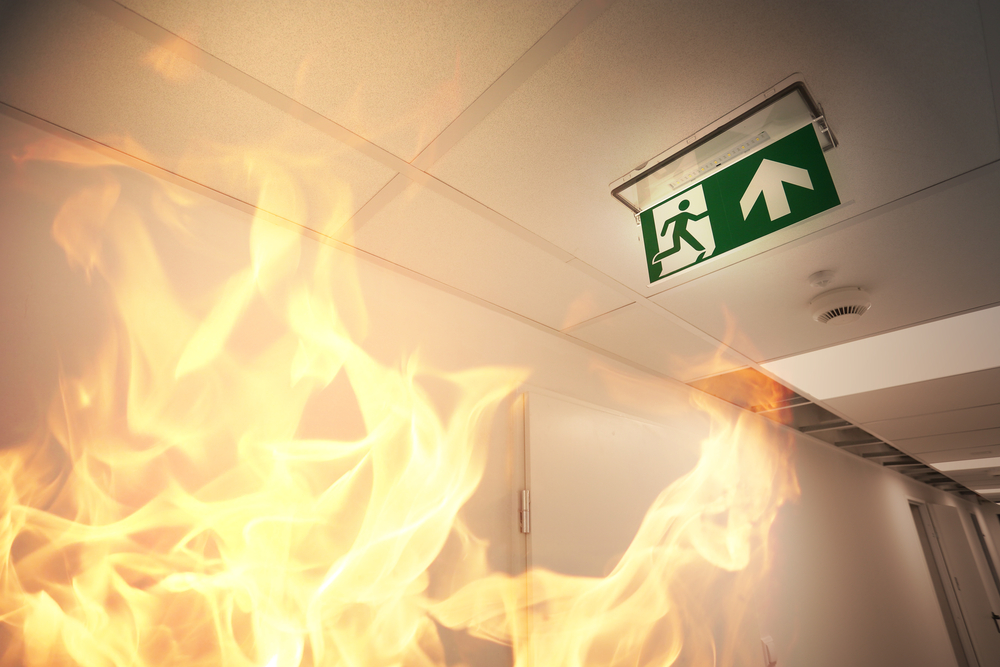You may be aware that British Standards Institute (BSI) have recently revised their fire risk assessment standard – PAS 79. PAS standards for Publicly Accessible Standard and, like all their other standards, is available for a price. Now, you might think we are already swimming in guidance for fire risk assessment. I mean, there’s the very good free stuff (Fire Safety Risk Assessment series) from the UK Department for Communities and Local Government (DCLG). Though now elderly (much from 2006) it is still widely used and applicable, not least because it is free, accessible, relatively short, and focused on specific types of premises. The step-wise approach to fire risk assessment is also broadly consistent with the UK HSE’s five steps to risk assessment.
On the other hand, PAS 79 is not free; nor is it short at around 120 pages. However, in its favour it uses a good amount of red in its font colour for headings and important notes. Now, that’s the cutting edge of consistency – red, fire, danger. You’d be disappointed if there were no red. And, it has nearly twice as many steps – 9 in fact. To be fair, those 9 steps are pretty logical: obtain information, identify fire hazards and related existing measures for their control, assess likelihood of fire (based largely on the two preceding steps), determine physical measures for the protection of people (e.g. fire detectors), determine information on fire safety management (e.g. fire drills), assess likely consequence to people in event of fire, (based largely on the previous 2 steps), assess the fire risk (combining likelihood and severity) and evaluate its significance (is it acceptable?), formulate actions to address any identified shortcomings, periodic review.
I personally think there are too many steps and breaking things down in this way can confuse rather than help. You can also be fooled into thinking the steps are temporarily separate, rather than just logically distinct. Many of the steps are interrelated so can be tackled efficiently together. For example a few of the steps are data-gathering related. But the truth is you start to formulate your subjective opinion on the adequacy of controls (and any deficiencies), as you progressively gather your data. It’s convenient to do it as you go.
That said, the PAS has some handy checklists/pro-formas included for documenting a fire risk assessment. Since there is so much to look for, checklists are always handy as a starter. So long as the font is in red and you wear a red hard hat and use a red tablet PC to fill them in.
